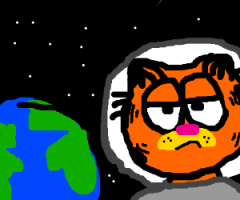I like mine for astro (basically the only thing I use it for). Pretty good control of comma and not too bad vignetting for a 14mm f1.8. Easily corrected in post. I have gotten bad flare on the few occasions I have used it with the sun out if the sun is anywhere near frame. As you said the bulbous lens is a major attractant of flare. My MW shots are all done without any moon out as it tends to significantly wash out the MW. I haven't tried it at night with the moon in frame but will have to see if that causes flare next time I am out when the moon is out.I guess we always want what we do not have. Can I ask you your impression on Sigma. As I have already written I have seen flare from moon (not 100% of course but I do not remember details) while that not being on frame. But when I shot lights at my house I didn't see any! Strange! Maybe it had to do with the angle of the light and that big bulbous element...
Otherwise I love the lens. I use it with my 5DSR and shoot it stopped down a bit to f2.4 or so. That allows me to shoot 30 seconds at ISO 3200 or lower and stack bright and dark images to get pretty good pinpoint stars in Starry Tracker. My most used astro lens by far and I will be adapting it to the R5 until Canon comes up with something better (if ever). I also have the Sigma 24 f1.4 and love that lens for tighter shots. I stop it down to f1.8 and shoot it at 20 seconds at ISO 3200 and it works like a charm. Both are quite good lenses from Sigma. I wish Canon would take this UWA, very fast lens market serious. Nikon and Sony both have great offerings in this space natively and Canon has nothing to compare.
Bob
Upvote
0

